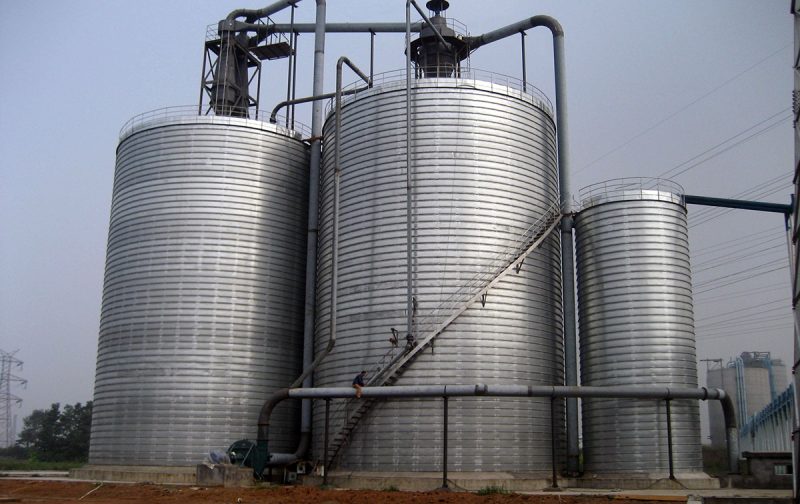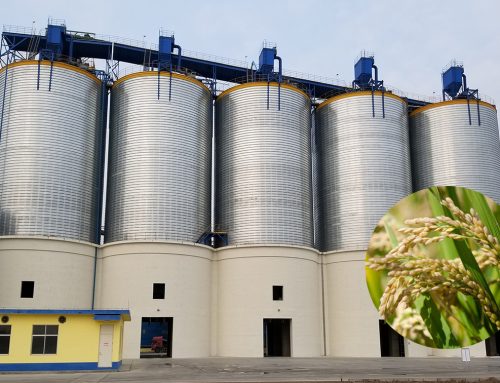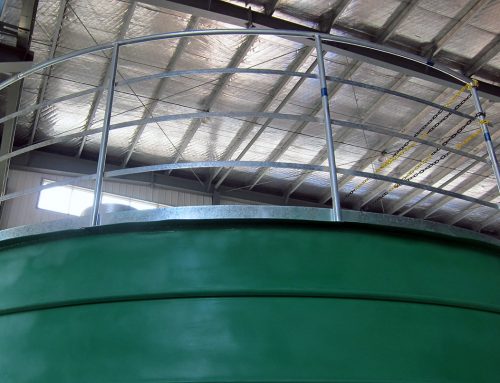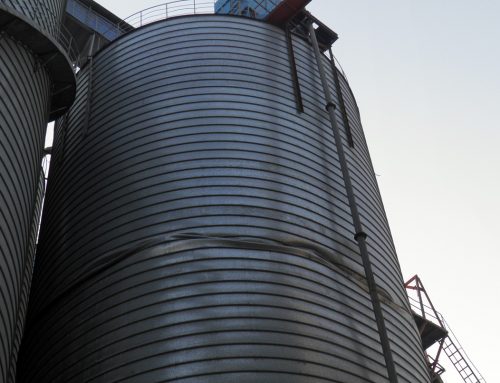What Is Ventilation System?
Ventilation is one of important means to guarantee the material’s safe storage in steel silo. A ventilation system refers to a series of devices loaded on the steel silo help achieve the purpose of ventilation.
Ventilation is beneficial to the cooling and dampening of materials stored in the steel silo. It balances the temperature difference between the inside and outside of the steel silo, inhibits the growth of pests and microorganisms, and prevents moisture transfer and material deterioration.
Venting the steel silo not only accelerates the directional flow of air in the silo, but also prevents condensation due to large temperature differences between the inside and outside of the silo. At the same time, this can adjust the temperature of the roof space, dissipate the upper layer and the surface layer of damp heat, and prevent the upper layer and surface materials from being affected by high temperature, thereby achieving the purpose of balancing the temperature and humidity.
Composition of Ventilation System
Natural ventilation and mechanical ventilation are two ventilation methods we usually use.
Natural ventilation uses the heat pressure of air and the wind pressure caused by wind to realize gas exchange between inside and outside of the warehouse. However, its efficiency is low, and it is restricted by weather and geographical conditions, so its application area is narrow.
Most steel silos adopt mechanical ventilation. Ventilation systems used for mechanical ventilation typically include components such as fans, ventilation ducts, and ventilation floors.
The ventilator is set at the bottom of the steel silo, and dried air (or cooled gas) from outside is introduced into the ventilation groove (or ventilation cage, ventilation pipe, etc.) through the ventilation duct, so that the diffused gas is continuously exchanged with the hot and humid air between the materials in the silo. At the same time, under the synergistic action of the axial-flow fan (or natural ventilation hole) on the top of the warehouse, the hot and humid air on the surface of the material in the warehouse can be discharged in time.
Different Silos Use Different Ventilation Systems
Generally speaking, the ventilation effect of steel silos depends on two points: one is the designed ventilation volume and air pressure; the other is the ventilation system. Common ventilation systems are: groove type, ground cage, single-pipe ventilation, multi-pipe ventilation, radial ventilation, vertical ventilation, Non-duct ventilation, etc.
Ventilation Systems for Hoppers
Annular Air Ventilation
This system opens holes in the discharge cone and ventilates the grain stack in the bin through a number of ports with ventilation panels. This ventilation system is simple to install, easy to use and maintain, and has a small investment. The shortcoming is that the ventilation section is small and can only be partially ventilated, so the ventilation cooling effect is not obvious.
Ground Channel Ventilation on Backfill Slope in Hopper
This ventilation system needs to set up a groove on the backfill slope of the hopper base and lay ventilation sieve plates at the top of the groove to make it flush with the backfill surface. The number of air ducts is related to the diameter of silos. The larger the silo diameter, the more air ducts need to be arranged. Compared with the annular ventilation system, the investment of this ventilation mode is not much increased, but the ventilation effect is very obvious, so it is widely used.
Ventilation Systems for Flat Bottom Silos
There are two kinds of ventilation in flat bottom silos: one is to set up ventilation grooves in the foundation, and lay ventilation sieve boards with certain opening rate and supporting strength on the groove; the other is to lay ground cages on the silo foundation (after calculation of supporting strength).
Generally speaking, the ventilation mode of flat silo has good ventilation effect, and the air ducts are easy to be arranged symmetrically. It can achieve a larger ventilation cross-section area, so it is easy to uniformly distribute the air volume. Relatively speaking, investment in civil infrastructure and equipment such as ventilation sieve board is slightly larger.
Conclusion
There are many ventilation systems for steel silos, each has its pros and cons. A ventilation system should be selected base on the storage characteristics, storage period, quality requirement of the storing material and other elements. We need to compare their ventilation performance and cost, and take into account the automation level of mechanical equipment, production efficiency, geological conditions and so on before making the decision.




